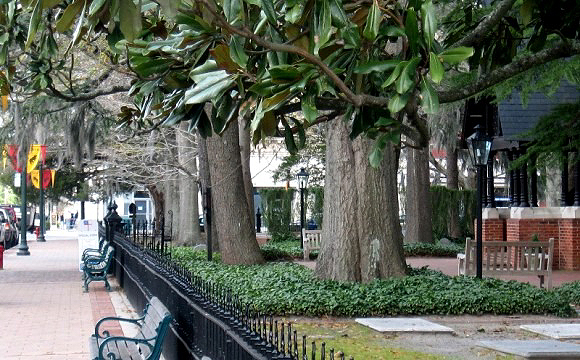
Physicians, scientists, and medical researchers are working around the Country, and the World, to learn more about this highly contagious respiratory virus so they can advise our federal, state, and local government and citizens how to reduce the spread of COVID-19 and how we can protect ourselves and others while we wait for effective treatments and vaccines.
There are hundreds of fact-based evidence papers that are published by scientists. I recently read one that shed light on many factors related to how the virus is spreading. I didn’t realize Heating/Ventilation/Air Conditioning (HVAC) was a factor.
The following are excerpts from the Minireview by the American Society for Microbiology, “Built Environment Considerations To Reduce Transmission”, 7 April 2020.
Summary: “With the rapid spread of severe acute respiratory syndrome coronavirus 2 (SARS-CoV-2) that results in coronavirus disease 2019 (COVID-19), corporate entities, federal, state, county, and city governments, universities, school districts, places of worship, prisons, health care facilities, assisted living organizations, daycares, homeowners, and other building owners and occupants have an opportunity to reduce the potential for transmission through built environment (BE)-mediated pathways.… We believe this information is useful to corporate and public administrators and individuals responsible for building operations and environmental services in their decision-making process about the degree and duration of social-distancing measures during viral epidemics and pandemics.”
“COVID-19 and the impact of the BE in transmission. The built environment (BE) is the collection of environments that humans have constructed, including buildings, cars, roads, public transport, and other human-built spaces. Since most humans spend 90% of their daily lives inside the BE, it is essential to understand the potential transmission dynamics of COVID-19 within the BE ecosystem and the human behavior, spatial dynamics, and building operational factors that potentially promote and mitigate the spread and transmission of COVID-19.”
“As individuals move through the BE, there is direct and indirect contact with the surfaces around them. Viral particles can be directly deposited and resuspended due to natural airflow patterns, mechanical airflow patterns, or other sources of turbulence in the indoor environment such as foot fall, walking, and thermal plumes from warm human bodies. These resuspended viral particles can then resettle back onto fomites [contaminated inanimate objects|. When an individual makes contact with a surface, there is an exchange of microbial life, including a transfer of viruses from the individual to the surface and vice versa. Once infected, individuals with COVID-19 shed viral particles before, during, and after developing symptoms. These viral particles can then settle onto abiotic objects [i.e. air flow from HVAC systems] in the BE and potentially serve as reservoirs for viral transmission. Evidence suggests that fomites can potentially be contaminated with SARS-CoV-2 particles from infected individuals through bodily secretions such as saliva and nasal fluid, contact with soiled hands, and the settling of aerosolized viral particles and large droplets spread via talking, sneezing, coughing, and vomiting. A study on environmental contamination from MERS-CoV demonstrated that nearly every touchable surface in a hospital housing MERS-CoV patients had been contaminated with the virus, and a survey of a hospital room with a quarantined COVID-19 patient demonstrated extensive environmental contamination.” Please read the article in it’s entirety to get a better understanding of the virus and how you can help prevent the spread.
“Conclusion, We hope this information can help to inform the decisions and infection control mechanisms that are implemented by corporate entities, federal, state, county, and city governments, universities, school districts, places of worship, prisons, health care facilities, assisted living organizations, daycares, homeowners, and other building owners and occupants to reduce the potential for transmission through BE mediated pathways. This information is useful to corporate and public administrators and individuals responsible for building design and operation in their decision-making process about the degree and duration of social-distancing measures during viral epidemics and pandemics.”
As Americans, I hope we can all take this seriously and learn how we can protect ourselves and others for the betterment of humankind.
Wishing you well,
Wendy Card

